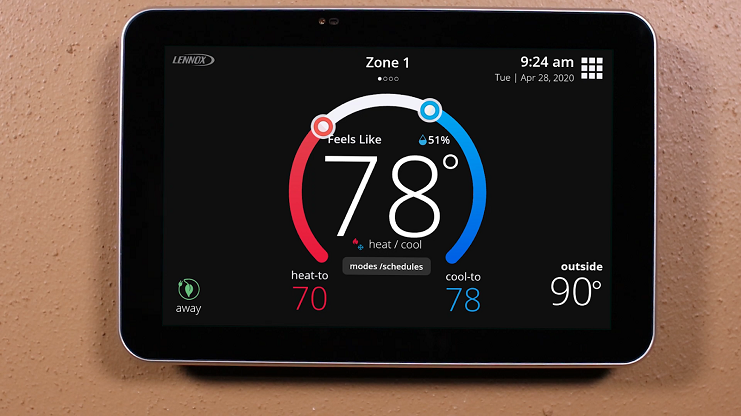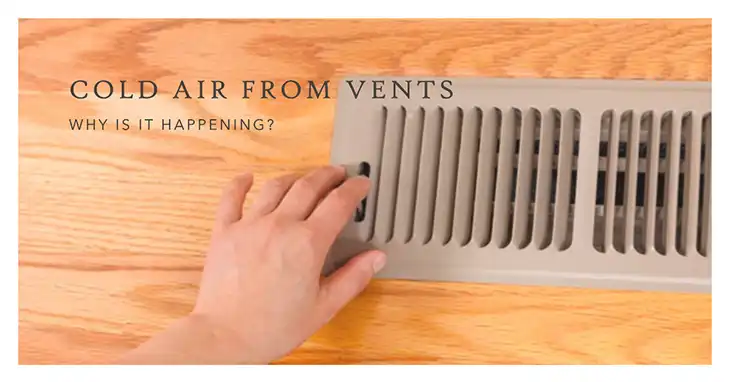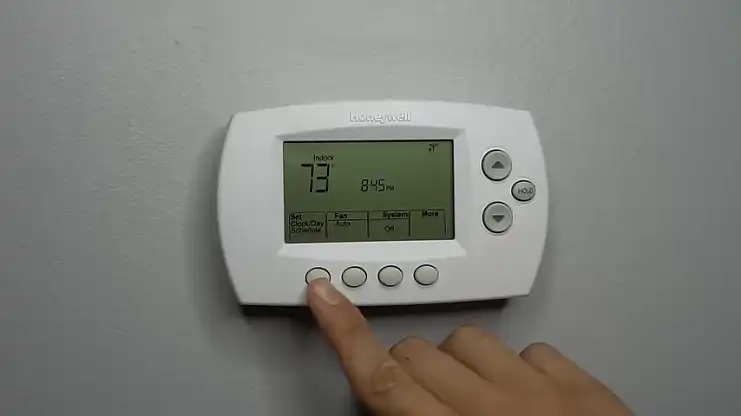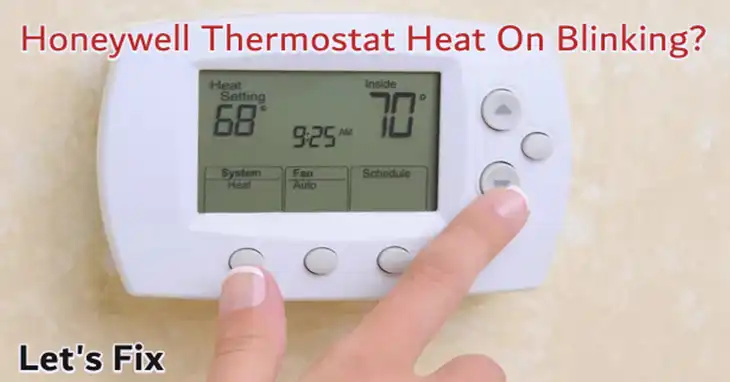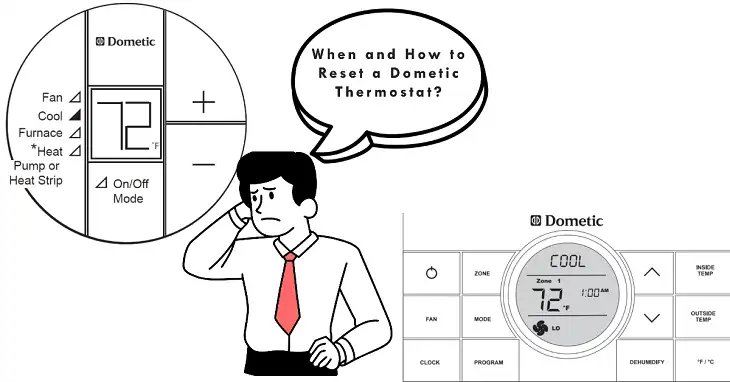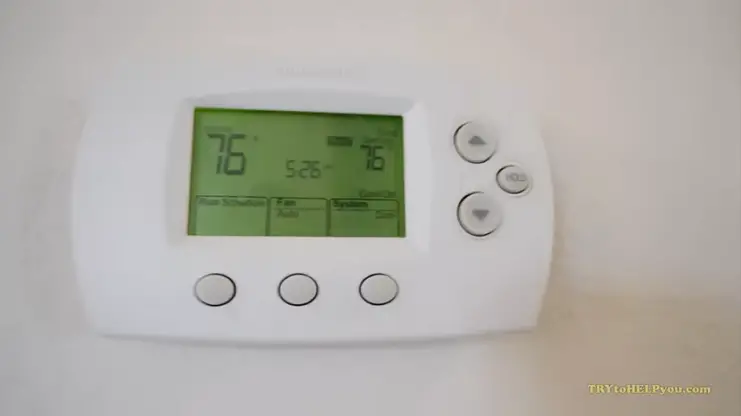Furnace Won’t Shut Off Even When the Thermostat is Off? Here’s What Causing It
There’s nothing worse than a furnace that keeps running nonstop, heating your home to unbearable temperatures, even after you’ve adjusted the thermostat. This vexing issue doesn’t just make for an uncomfortable living situation—it’s also a huge energy waster that can potentially lead to dangerous overheating or fire hazards if left unchecked.
So what’s causing your furnace not to shut off even when the thermostat is off? And more importantly how to fix it? Let’s see.
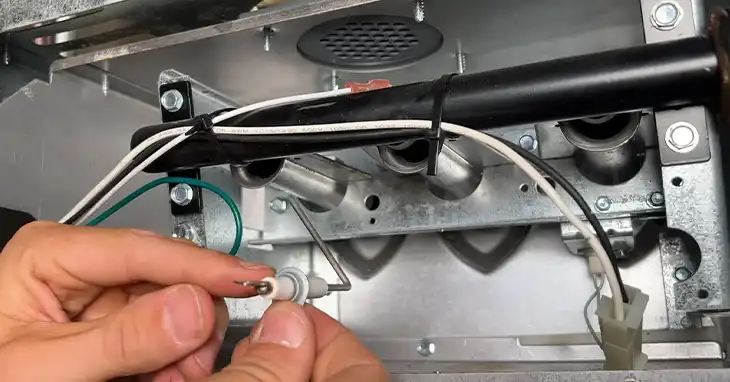
What’s Causing Your Furnace to Run Constantly?
There are several potential culprits behind a furnace’s refusal to turn off when the thermostat is set correctly. Let’s dive into the most common causes:
Thermostat Malfunctions
Sometimes, the thermostat itself is the problem. Faulty wiring, an inaccurate temperature sensor, incorrect settings like being stuck in heat mode, or a low battery in wireless models can all prevent the thermostat from communicating properly with the furnace. A damaged thermostat display or a tripped safety switch may also throw a wrench into operations.
Furnace Malfunctions
Alternatively, the furnace components themselves could be behaving erratically:
- Faulty limit switch – This important safety switch is supposed to turn off the furnace once it detects the correct temperature has been reached. If it malfunctions, the furnace won’t cycle off properly.
- Clogged air filter – A severely clogged filter blocks airflow, causing the furnace to overheat and run continuously in an attempt to compensate.
- Control board failure – As the “brain” of the furnace, a malfunctioning control board can wreak havoc on operations.
- Leaky ductwork – Air leaks make the furnace work overtime to maintain temperature, preventing it from shutting down normally.
- Blower issues – A damaged blower motor that fails to circulate air can also trick the furnace into endless run cycles.
- Improper furnace sizing – If your furnace is too large for the square footage of your home, it may short cycle frequently without ever satisfying the thermostat setting.
Other Considerations
Don’t rule out external factors like a recent power outage that could have disrupted the thermostat-furnace communication. And if using a wireless thermostat model, replace those batteries regularly.
How to Troubleshoot a Thermostat That’s Not Shutting Off?
So now that you understand what might be behind your furnace’s stubbornness, it’s time to take action! Always prioritize safety first.
Safety Precautions
Furnaces involve electrical wiring, hot surfaces, and for gas models, combustible fuel sources. If at any point you feel uncomfortable performing DIY work, do not hesitate to call in a professional HVAC technician right away.
When attempting any hands-on furnace fixes or diagnostics yourself, first cut power to the unit by flipping the circuit breaker that controls the furnace. Never work on a furnace that’s still electrically live.
Basic Checks
Before digging any deeper, confirm your thermostat is definitely set to the “Off” or “Cool” setting, not “Heat” mode. It’s an easy fix if that’s the culprit!
Next, check your furnace’s air filter. A severely clogged filter can quickly cause overheating issues. Replacing a dirty filter is one of the simplest furnace maintenance tasks a homeowner can do, and generally only takes a few minutes.
Thermostat Troubleshooting
If basic settings aren’t the problem, the thermostat itself may need some TLC.
For wireless thermostat models, replace the batteries first and see if that corrects the communication breakdown. Check your thermostat’s user manual for instructions on resetting the device or troubleshooting any tripped safety switches.
Advanced DIY Troubleshooting
For homeowners comfortable working around electrical components, you can also inspect the furnace limit switch. Locate this component (consult your furnace documentation if needed) and visually check it for any obvious damage or dents.
However, any repairs involving dismantling the furnace’s interior are best left to experienced professionals. Moving internal wiring, even slightly, can create new safety risks if not done with proper training.
When You Should Call a Professional
There’s no shame in waving the white flag and requesting expert help! Furnace problems can quickly escalate from annoyances into genuine hazards.
If your basic thermostat and filter checks don’t resolve the nonstop running issue, it’s wise to schedule an appointment with an HVAC technician right away before further component damage occurs.
Suspected internal furnace malfunctions like a faulty control board, damaged blower, or electrical wiring issues are also scenarios where professional intervention is strongly recommended for your safety.
And of course, any furnace troubles that raise safety red flags—odd burning smells, overheating to concerning levels, suspected gas leaks, etc.—warrant an emergency call to your trusted HVAC company.
How to Prevent Furnace Issues with Proper Maintenance?
The easier you are on your furnace, the easier it’ll be on your household. Set annual preventative maintenance appointments to have an HVAC pro thoroughly inspect, clean, and tune up your system. This yearly service helps catch small issues before they snowball.
Be diligent about changing air filters every 1-3 months, or more frequently if you have pets or do a lot of cooking that generates indoor air particulates. A clean filter makes it easier for the furnace to “breathe” properly.
Consider replacing very old thermostats (generally over 10 years) with modern programmable models that can better and more accurately control heating and cooling patterns for maximum energy efficiency.
Don’t Let It Become a Hazardous Situation
A furnace that refuses to turn off, despite your thermostat’s commands, is more than just an annoyance—it’s a comfort and potential safety issue that should be addressed promptly before matters escalate. By understanding the likely causes and performing basic troubleshooting, many homeowners can get their heating systems back under control. And when DIY solutions don’t cut it, partnering with a trusty HVAC professional provides the expertise and experience to properly diagnose and repair the root issue.
Don’t let a stubborn, continuously running furnace make your home an overly toasty or hazardous place to be. With some simple maintenance knowledge and knowing when to call in the pros, you can keep your heating system working as it should all season long.

